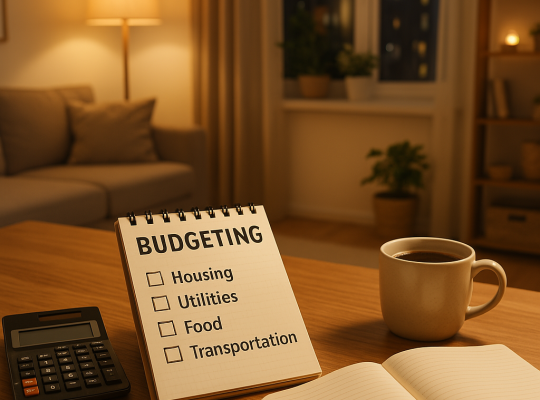The 50/30/20 Budget Rule: A Simple Guide to Smarter Money Management
Managing money effectively can feel overwhelming, especially with countless financial advice floating around. But what if there was a straightforward method to allocate your income without complicated calculations? That’s where the 50/30/20 budgeting rule comes in—a simple yet powerful tool that helps you take control of your finances while maintaining a balanced lifestyle.
What is the 50/30/20 Budget Rule?
Popularized by U.S. Senator Elizabeth Warren in her book All Your Worth: The Ultimate Lifetime Money Plan, the 50/30/20 budgeting rule is an easy-to-follow formula for dividing your after-tax income into three essential categories:
- 50% for Needs: Essentials like rent, utilities, groceries, insurance, and minimum debt payments.
- 30% for Wants: Non-essentials such as dining out, entertainment, vacations, and hobbies.
- 20% for Savings & Debt Repayment: Contributions to an emergency fund, retirement accounts, investments, and extra debt payments.
This budgeting method is particularly useful for beginners because it provides a structured yet flexible framework for managing finances without feeling restrictive.
Why This Budgeting Rule Works
Unlike complex financial plans that require meticulous tracking of every dollar, the 50/30/20 rule simplifies budgeting into manageable categories. This makes it easier to maintain long-term financial discipline while still allowing room for enjoyable activities. It’s realistic, adaptable, and most importantly, it ensures you prioritize saving without neglecting present-day enjoyment.
Breaking Down the 50/30/20 Rule with Real-Life Examples
1. Allocating 50% to Needs
Imagine you bring home $4,000 per month after taxes. According to this rule, $2,000 should cover necessities such as rent, utilities, groceries, health insurance, and transportation. If your essential expenses exceed 50% of your income, consider ways to reduce costs, such as downsizing your living space or finding ways to save on utilities and groceries.
2. Setting Aside 30% for Wants
Now, you have $1,200 to spend on non-essentials that enhance your quality of life. This could be a gym membership, a weekend getaway, streaming subscriptions, or dining out with friends. The key here is to enjoy these expenses guilt-free, as long as they stay within your 30% allocation.
3. Directing 20% to Savings and Debt Repayment
With $800 remaining, this portion should go toward building financial security. You can use it to contribute to an emergency fund, invest in retirement accounts, or pay off debts faster. Prioritizing savings ensures long-term stability and reduces financial stress in the future.
How to Make the 50/30/20 Rule Work for You
Adjusting for Your Financial Situation
Not everyone’s financial situation fits neatly into these percentages. If your needs exceed 50%, you might need to cut back on wants temporarily. Conversely, if you’re debt-free, you could allocate more toward investments. The goal is to use this framework as a starting point and tailor it to your specific needs.
Automating Your Budget
One of the easiest ways to stick to this rule is by automating your finances. Set up automatic transfers for savings and bills, so you’re not tempted to overspend on wants. Many banking apps allow you to categorize expenses, making it easier to track whether you’re staying within budget.
Tracking & Adjusting as Needed
Review your budget monthly to ensure it aligns with your financial goals. If your spending in one category is consistently too high, look for areas to cut back. Small adjustments can have a big impact over time.
Final Thoughts
The 50/30/20 budgeting rule is an excellent starting point for those looking to gain financial stability without the stress of micromanaging every dollar. By maintaining a balance between needs, wants, and savings, you create a sustainable financial plan that allows you to enjoy life while securing your future. The key is consistency—stick to the plan, make adjustments when needed, and watch your financial health improve over time.
To know more about financial advice – click here.





